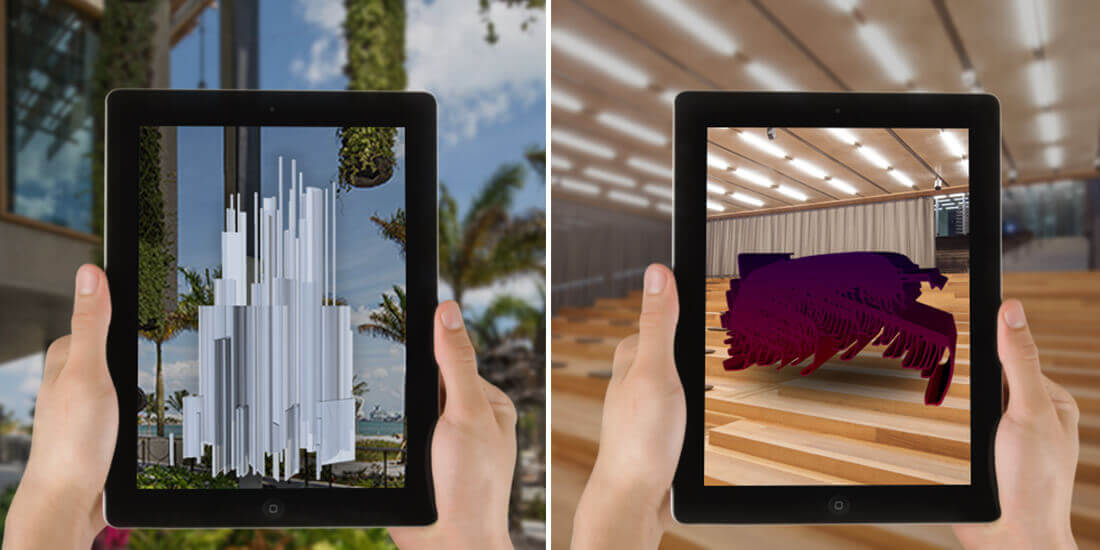
Augmented Reality Art Makes the Entire World a Canvas – Redshift • nichols
By bringing works outside of traditional canvases and spaces, augmented reality art is redefining how artists and viewers interact.
Augmented reality (AR) art is most concisely defined as mobile device–viewable animation and audio placed in a specific spatial location. But AR art is much more than that: It’s an exploding art medium coming to the forefront thanks to technological advancements and pandemic-induced isolation.
AR art can place an Old Master’s tour-de-force in your living room or put works that push the edge of digital craftsmanship in your backyard. It can revise and recontextualize existing works of art within and outside of galleries and museums. And as more time and attention are drawn into digital spaces, its growing cultural import signals a transition toward experiences of art that are ephemeral, mutable, and increasingly interactive.
What Is Augmented Reality Art?
Augmented reality art compositions can be viewed with a mobile device app, presented with varying levels of animation, audio content, and viewer-driven mutability. The art itself can be new compositions, replicated existing compositions, or revised and recontextualized compositions. These appear in space as 3D artwork objects in designated areas or anywhere the viewer points the camera.
AR mashes up reality and illusion, adding layers of form, motion, and meaning to extant artworks or extant spaces. Unlike virtual reality (VR), which is an entirely synthetic and immersive experience (and requires a headset and a controller), AR is often less expensive to produce and requires less specialized hardware for both creators and users.
Read on >>>> Source: Redshift by Autodesk Augmented Reality Art Makes the Entire World a Canvas
This content was originally published here.


